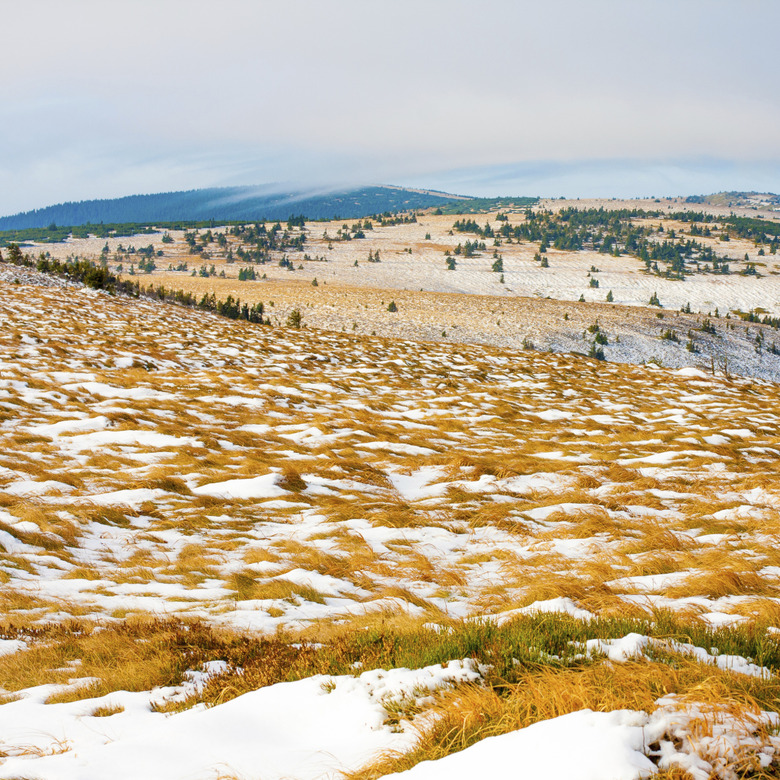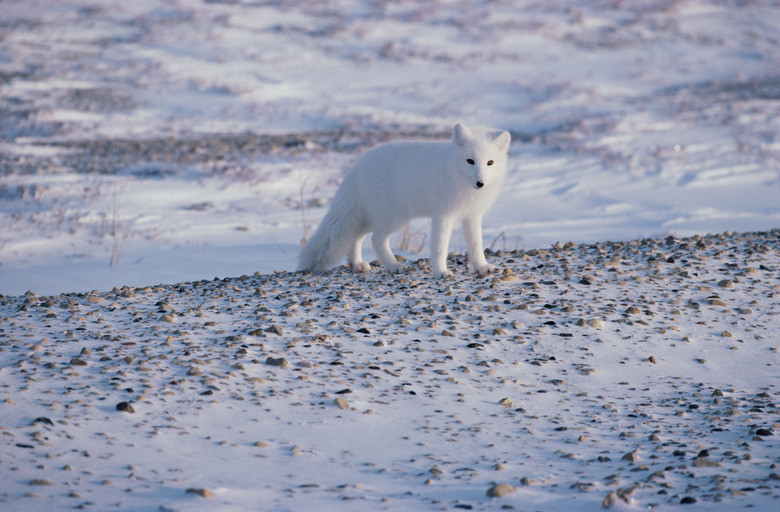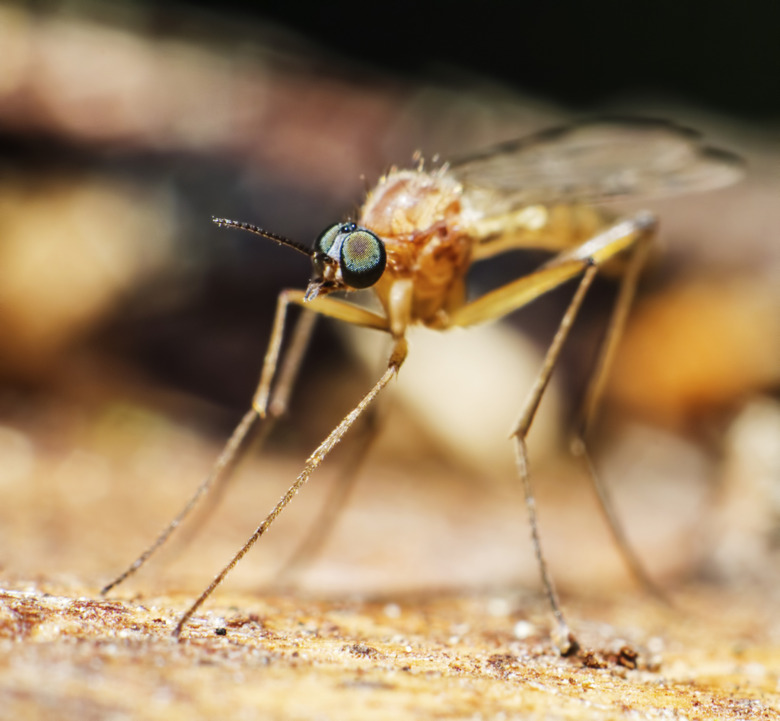Physical Address
Suite 5, 181 High Street,
Willoughby North NSW 2068
Physical Address
Suite 5, 181 High Street,
Willoughby North NSW 2068

Generally categorized as Arctic or alpine, tundra refers to a treeless biome that ranks among the coldest on Earth. Though covered in snow most of the year, the tundra experiences a short summer growing season during which animal and plant activity peaks. Virtually no reptiles or amphibians can live in tundra’s harsh conditions, but other tundra plants and animals have developed adaptations that allow them to survive in such a frigid environment.

A number of mammals can survive in tundra habitats thanks to special adaptations and the insulation fur and fat provide. A prominent example is the herbivorous musk ox. One of the largest Arctic tundra mammals, the musk ox has a dense coat which, combined with its large size and short legs and tail, reduces the loss of body heat. Other arctic tundra herbivores include arctic hares, squirrels, voles, lemmings and caribou, which have hooves that support them in snow. Arctic tundra carnivores include arctic foxes and polar bears. In alpine tundra, marmots, mountain goats, pikas, sheep and elk occur.

One insect species that has adapted well to frigid conditions is the tundra bumblebee, which has dense hair that guards against heat loss. It can also use its flight muscles to generate heat through shiver-like movements. Mosquitoes, flies and moths are also found in Arctic tundra regions, while grasshoppers and butterflies occur in both Arctic and alpine tundra.